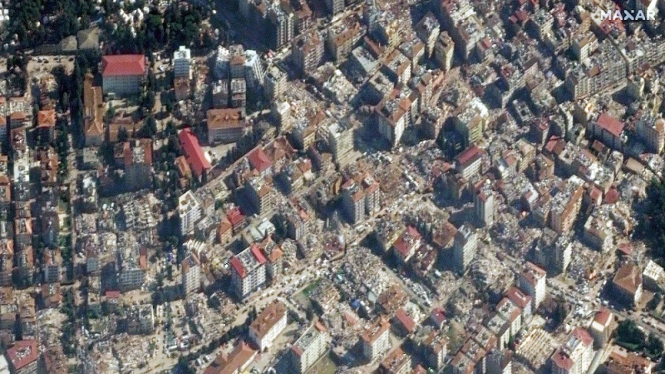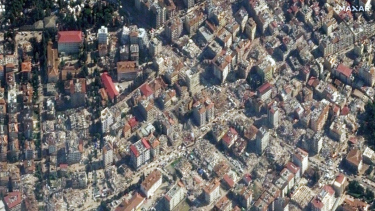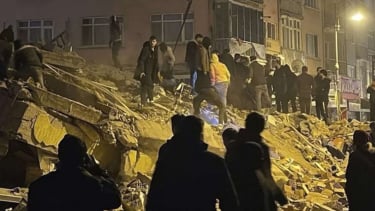- Maxar Technologies
VIVA – A team of seismologists and statisticians at Northeastern University developed a new model that claims to be able to predict when and where huge earthquakes will come. The model takes into account the sequence and specific timing of previous earthquakes rather than relying solely on the average time between previous earthquakes.
This method also explains why earthquakes tend to come in clusters. The team found that faults have “long-term memory” which means an earthquake did not release all the strain that built up on the fault over time, so some remains after a big earthquake and can cause another. In reality, an earthquake can happen sooner or later than expected.
“Considering the full earthquake history, rather than just the average over time and the time since the last one will help us a lot in forecasting when future earthquakes will happen,” William Deering Professor of Earth and Planetary Sciences at the Weinberg College of Arts and Sciences, Seth Stein remarked.
Gempa di Turki
- npr.org
According to Stein, when we try to figure out a team’s chances of winning a ball game, we don’t want o look only at the last game and the long-term average. Looking back over additional recent games can also be helpful. Now, scientists can do a similar thing for earthquakes.
The team's research focused on investigating plate boundary processes and deformation within the lithosphere using a range of techniques, including seismology, space-based geodesy (measuring the geometry, gravity, and spatial orientation of the Earth and other astronomical bodies, such as planets), and marine geophysics.
“Large earthquakes don’t happen like clockwork. Sometimes we see several large earthquakes occur over relatively short time frames and then long periods when nothing happens. The traditional models can’t handle this behavior,” said study co-author, James S. Neely.
The researchers hope that their new model will be a useful tool for seismologists as they work to improve earthquake predictions and better prepare for future seismic events such as the disasters in Turkiye and Syria.
The 7.8 magnitude earthquake that struck Turkey and Syria was centered in the Turkish city of Gaziantep. It was immediately followed by a 6.7 magnitude aftershock 7.5 hours later, according to the US Geological Survey (USGS).


























